Cobalt Strike Malware
Removing Cobalt Strike Malware In Just Few Steps
Cobalt Strike Malware errors which should also be noticed 0x000000A1, 0x8024801D WU_E_DS_IMPERSONATED A data store operation did not complete because it was requested with an impersonated identity., 0x80240022 WU_E_ALL_UPDATES_FAILED Operation failed for all the updates., 0xf0806CBS_E_PENDING the operation could not be complete due to locked resources, 0xf081B CBS_E_UNEXPECTED_PROCESSOR_ARCHITECTURE the processor architecture specified is not supported, 0x000000D8, Error 0x80073712, 0x0000009F, 0x8024600B WU_E_DM_CONTENTCHANGED A download must be restarted because the update content changed in a new revision., 0x8024D001 WU_E_SETUP_INVALID_INFDATA Windows Update Agent could not be updated because an INF file contains invalid information., 0x8024402A WU_E_PT_CONFIG_PROP_MISSING A configuration property value was missing., 0x8024A003 WU_E_AU_LEGACYCLIENTDISABLED The old version of the Automatic Updates client was disabled., 0x8024F002 WU_E_REPORTER_EVENTNAMESPACEPARSEFAILED The XML in the event namespace descriptor could not be parsed., We could not Update System Reserved Partition, 0x8024800C WU_E_DS_LOCKTIMEOUTEXPIRED The data store section could not be locked within the allotted time., 0x00000014Get Rid Of Cobalt Strike Malware From PC Easily
Cobalt Strike Malware is yet another harmful computer threats that already infected large number of PC across globe. With the only bad intention to make illegal profit and steal victims personnel data cyber criminals created this nasty threats as well as spread extensively over Internet. Basically it intrudes inside your PC through bundled with freeware or shareware program. Additionally clicks to suspicious ads, infected websites visits and nevertheless opening spam email attachments result in its invasion.
Cobalt Strike Malware does all best to lean down your computer performance, creates large number of junk files that consumes maximum resources as resultant CPU hangs a lot. Moreover, alter browser default settings according to its needs after which continuous redirection, regular coming ads with much slow Internet speed frustrate you. The worst part, security analyst found it monitors all activity you do online, thus private information are under threats. Therefore you are strongly suggested to Get Rid Of Cobalt Strike Malware from PC as soon as possible.
Part 1:- Start PC In Safe Mode With Networking
Windows 8/10
- Click on Start menu >> Press Shift key.
- Click on Restart button.

- Select Troubleshoot option from screen.
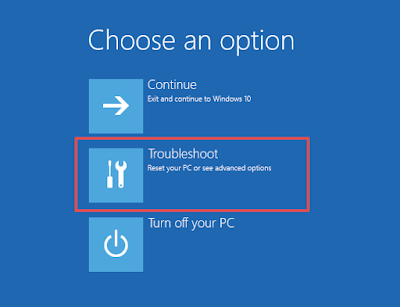
- Click on Advanced Options >> Choose Startup Settings option.
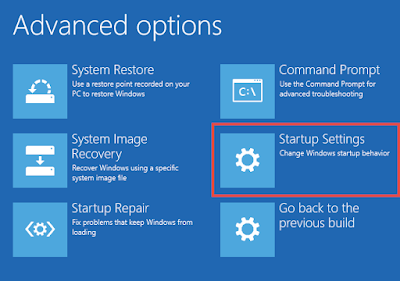
- Select Enable Safe Mode option >> Click Restart button.
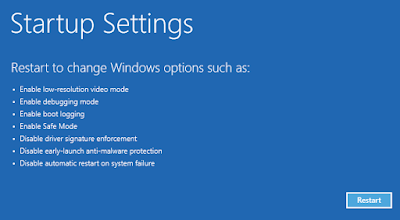
- Press F5 button to Enable Safe Mode With Networking option.
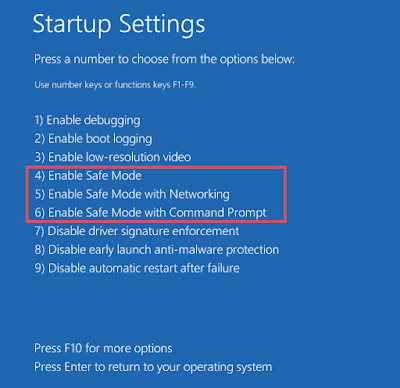
Windows XP/Vista/7
- Click on Start menu >> Select Restart button.
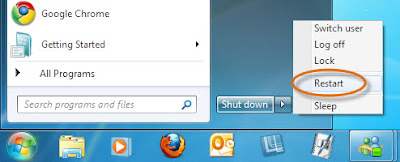
- While PC start booting, Press F8 button continuously.
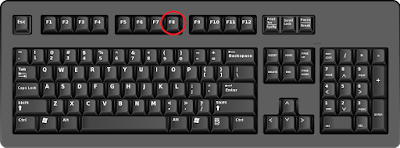
- After that Advance boot menu appear on PC screen.
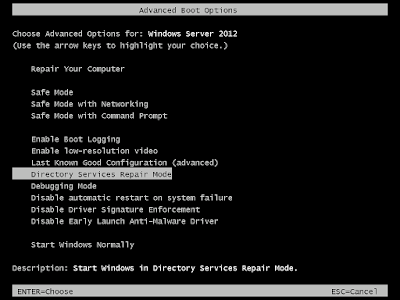
- Select Safe Mode With Networking Option.
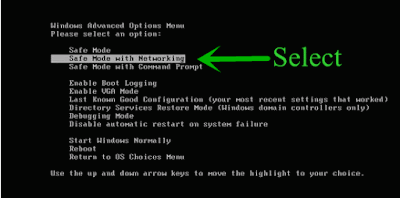
- Finally press Enter button.
Part 2:- Get Rid Of Cobalt Strike Malware From Control Panel
Windows XP
- Go the Start menu >> Select Control Panel.
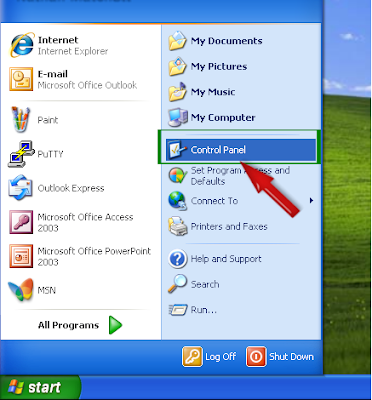
- Click on Add or Get Rid Of programs option.
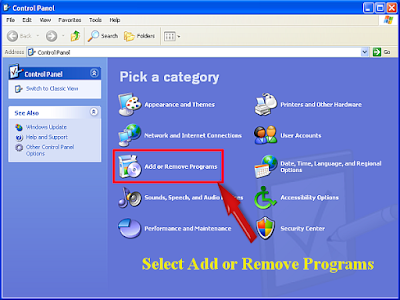
- Search and Get Rid Of unwanted program from PC.
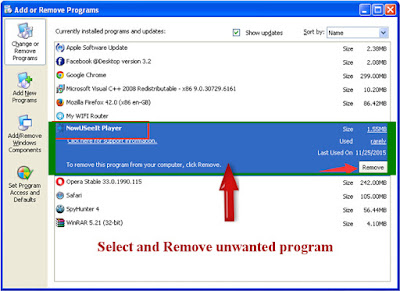
Windows 7
- Click the Windows key.

- Select Control Panel Option.
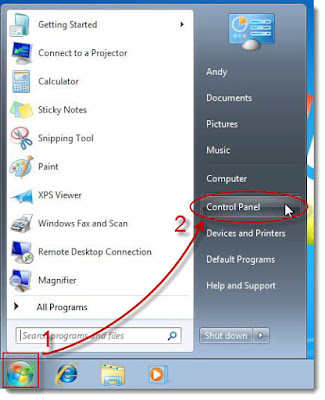
- Select Get Rid Of A Programs option.
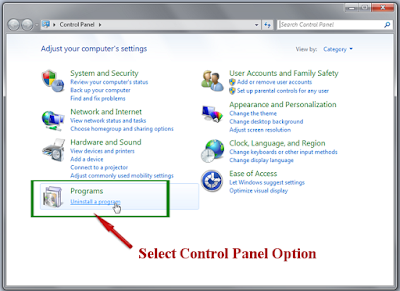
- Select and Get Rid Of unwanted program from system.
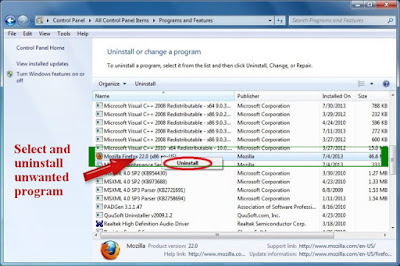
Windows 8
- Press Win+R button to open Run Box.
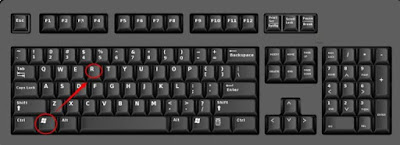
- Type control panel in Run window.
- Press Enter button to open the Control Panel.
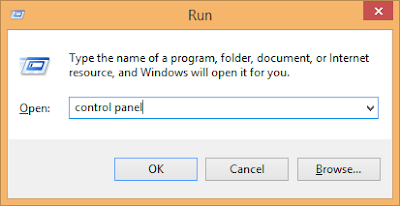
- Select Get Rid Of a program.

- Do Right-click Cobalt Strike Malware related programs.
- Click Get Rid Of option to Get Rid Of it completely.

Windows 10
- Press the start button.
- Select Settings option.
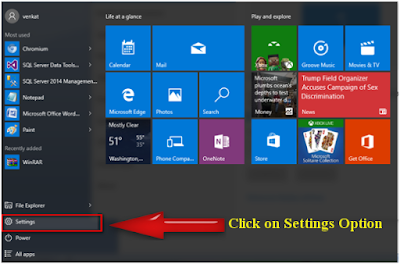
- Choose system option there.

- Click on Apps and Features option.
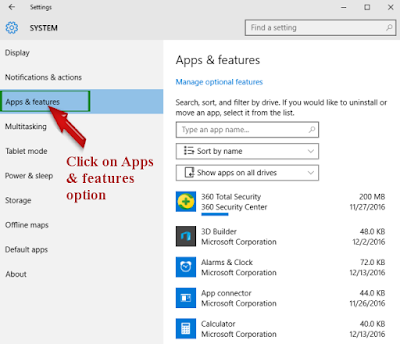
- Select and Get Rid Of unwanted program.
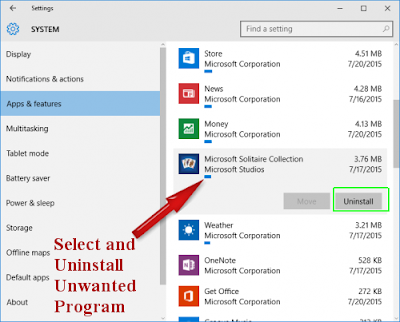
Part 3:- Get Rid Of Cobalt Strike Malware Related Process From Task Manager
- Press ALT+Ctrl+Del buttons altogether.
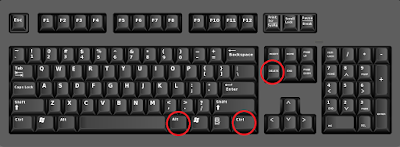
- Choose Windows Task manager option from PC screen.
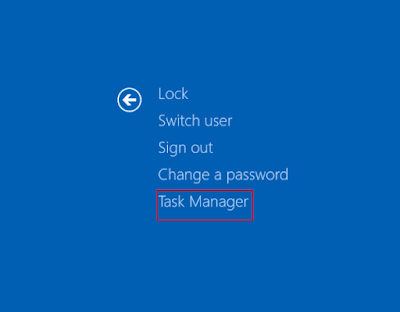
- Select the malicious process.
- Click on End Task button.
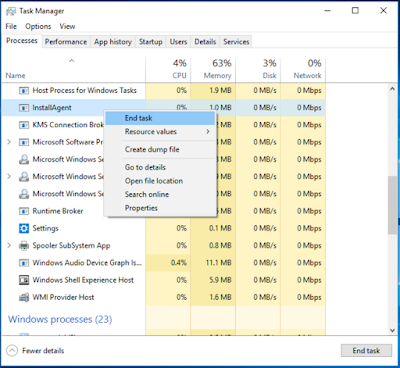
Part 4:- Solution to Get Rid Of Cobalt Strike Malware From Firefox
From Mozilla Firefox
- Open Mozilla Firefox browser.
- Click on gear icon to open menu.
- Select Add-ons >> Add-ons Manager tab will open.
- Choose Extensions or Appearance panel.
- Choose Cobalt Strike Malware add-on you want to Get Rid Of.
- Click the Get Rid Of button.

From Google Chrome
- Click on great icon to open Chrome menu.
- Now click on the Tools option.
- Go to Extension >> Select unwanted extension.
- Finally click on trash bin icon.

From Internet Explorer
- Open Internet Explorer browser.
- Click on Gear Icon to open Tools.
- Click on Manage Add-ons option.
- Select Toolbars and Extensions tab.
- Find Cobalt Strike Malware related add-ons >> Click Disable.
- Click More information button.
- Finally, click on Get Rid Of button.

From Microsoft Edge
Microsoft Edge doesn't support extension so you need to reset your
browser homepage.
- Open Microsoft Edge browser.
- Click on More (...) icon >> Go to Settings.
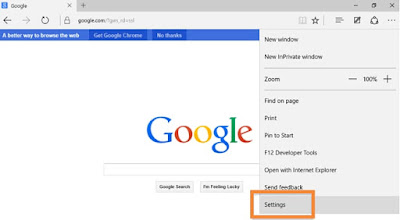
- Select a specific page or pages under Open option.
- Select Custom option.
- Enter URL that you want to set as your browser homepage.

Part 5:- Get Rid Of Cobalt Strike Malware From Registry Editor
- Pressing Win + R keys together.
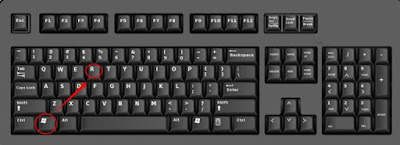
- Type regedit >> Click OK.
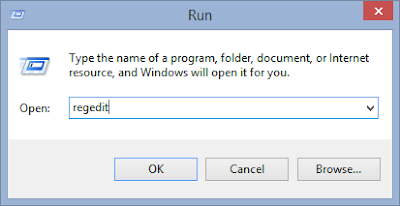
- Find and Get Rid Of Cobalt Strike Malware related registry files.
HKEY_LOCAL_MACHINESYSTEMCurrentControlSetServicesWpm
HKCU\Software\Microsoft\Windows\CurrentVersion\Internet Settings\random
HKEY_LOCAL_Machine\Software\Classes\[adware name]
HKEY_CURRENT_USER\Software\Microsoft\Windows\CurrentVersion\Run “.exe”
HKEY_CURRENT_USER\Software\Microsoft\Windows\CurrentVersion\Internet Settings “CertificateRevocation” = ’0
HKEY_LOCAL_MACHINE\SOFTWARE\Microsoft\Windows\CurrentVersion\run\random
HKEY_CURRENT_USERSoftwareMicrosoftInternet ExplorerMain “Default_Page_URL”


No comments:
Post a Comment